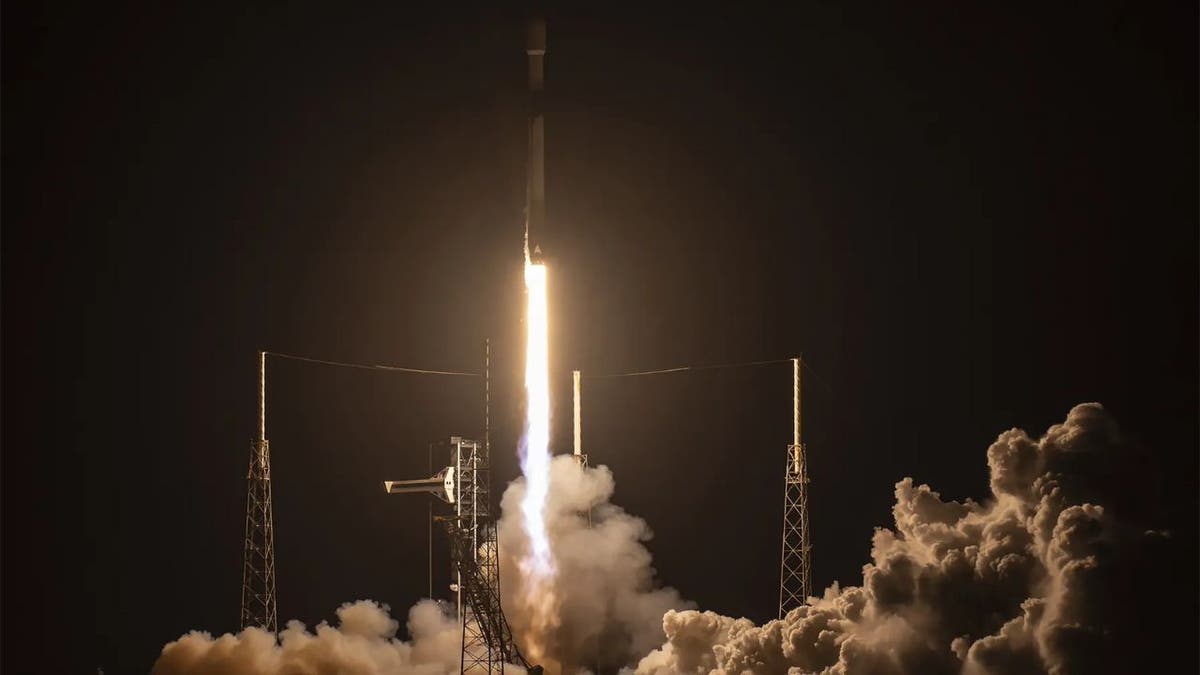Although the United States has been leaders for space exploration and commercial launches for some time, Europe is now making great progress. Recently, a major milestone was reached when ATMOS SPACE CARGO, a European startup, successfully completed the first orbital test flight of its re -adrés space capsule of Phoenix 1.
This mission, which was launched from Cape Canaveral, Florida, as part of a Spacex Falcon 9 Rideshare, marks a new chapter in global space logistics.
By demonstrating that Europe can develop and operate advanced return technology, ATMos helps make space more accessible and efficient for researchers, companies and innovatives on both sides of the Atlantic.
This achievement indicates the arrival of a new player to the return market of space and opens its doors to greater collaboration and competition in the field of rapid growth of the logistics of commercial space.
Join the Free Cyberguy report: Get my expert technology tips, critical security alerts and exclusive offers, as well as instantaneous access to my free scam survival guide when you register.
Phoenix 1 (ATMOS Space Cargo)
The Mission: From the launch to Splashdown
Phoenix 1 launched on a Spacex Falcon 9 rocket of Cape Canaveral, Florida, as part of Bandwagon-3 Rideshare’s mission. After reaching a 45 -degree inclination orbit, the capsule completed a complete trip around the Earth. A careful timed timed maneuver and then sent Phoenix 1 to the planet. During its descent, the capsule deployed an innovative inflatable heat shielding, a technology designed by atmos to protect the capsule during the intense heat and friction of the restaurant.
The first private mission splash near California
As Phoenix 1 re -entered the Earth’s atmosphere, transmitted the critical system and useful load data to the land stations of South America. The capsule splashed in the Atlantic Ocean, about 1,240 miles from the Brazilian coast. Due to the remote location of landing, the recovery of the capsule was not planned. However, the main objectives of the mission were achieved and the data collected are now being analyzed to inform the future missions.
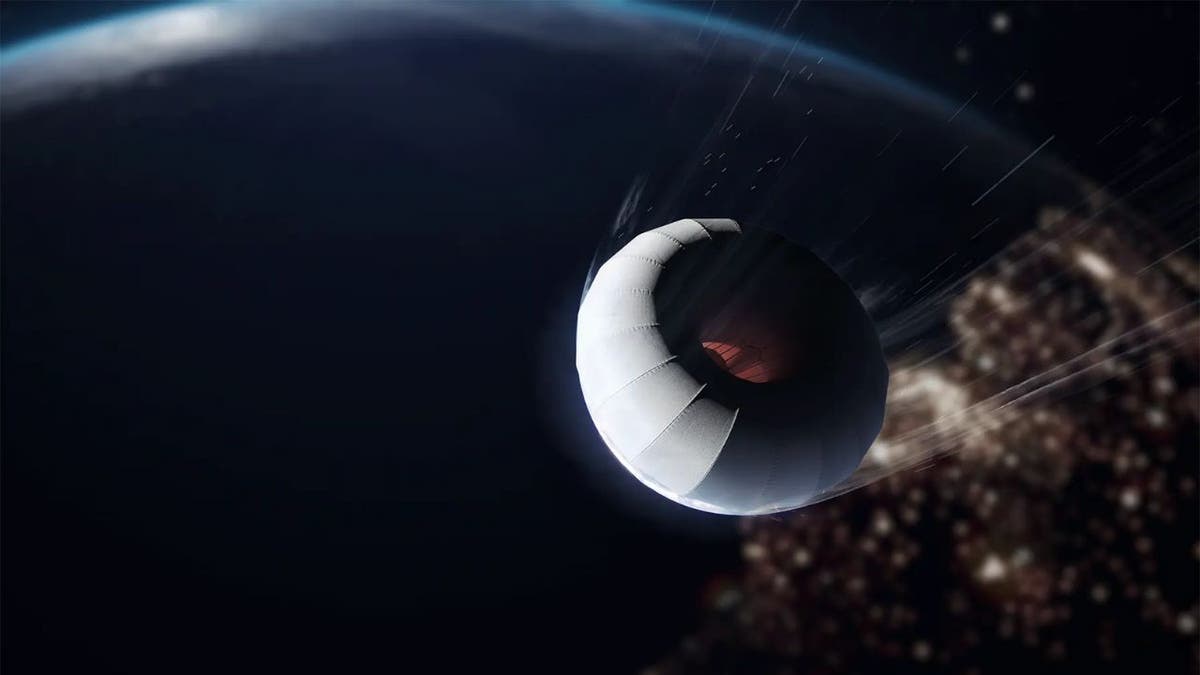
Phoenix 1 (ATMOS Space Cargo)
329,000 mph nuclear rocket on the next one was space travel
Why Phoenix 1 is a great milestone
The success of Phoenix 1 establishes atmos as the fastest private private space logistics company in Europe for an orbital return mission. This achievement shows that Europe is on the way to the development of independent and sovereignist return capabilities.
It also shows that the private industry can lead the way to build essential spatial infrastructure. The ATMOS fast prototype approach allowed the team to develop, qualify and fly Phoenix 1 in less than a year. This speed is almost unpublished in the space industry and highlights the company’s commitment to innovation and solving practical problems. The mission also showed that multinational collaboration is possible, as teams from all over Europe worked together to achieve a common goal.
Which hackers can learn about you from a data runner file

Phoenix 1 (ATMOS Space Cargo)
Amazon takes Elon Musk throwing 27 satellites on the Internet
What was learned and tried
Phoenix 1’s mission had several basic goals. The team aimed to collect flight data from the capsule and its subsystems while in orbit. The mission also carried out scientific and commercial useful burdens, including technological protesters and biological experiments by partners such as Frontier Space, Imperial College London, DLR and IDDK.
Another key objective was to deploy and try the inflatable heat shielding under real re -entry conditions. Although some data from the final decline could not be recovered due to Splashdown’s location, the mission was still providing valuable information. The data received from the capsule has already contributed to the development of Phoenix 2, the new generation capsule planned for the launch in 2026.
Spacex’s release scrubbed hours after Hegseth shared the message to rescue the mission crew: “Wish Godspeed”
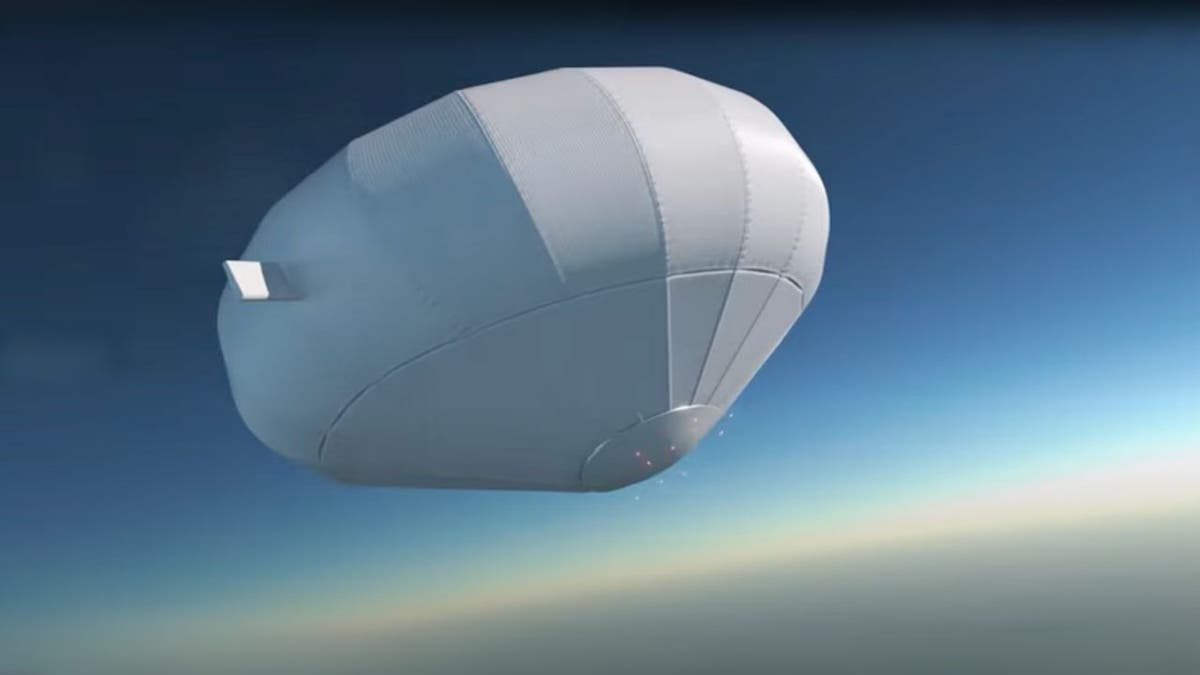
Phoenix 1 (ATMOS Space Cargo)
NASA’s Martian helicopter promises unprecedented visions of the red planet
Technology: Inflatable heat shielding and fast prototyped
Inflatable heat shielding is a breakthrough in re -entry technology. Traditional capsules are based on heavy heat shields or skydivers to survive the reignment. Atmos design is lighter, more efficient and potentially reusable, which could drastically reduce the cost and complexity of the space return load.
Atmos development philosophy is based on fast prototype and real world tests. The team believes in the creation and hardware test quickly, learning from each iteration and improvements based on real data instead of relying exclusively on simulations. This approach allowed Phoenix 1 to go from concept to space in record time.
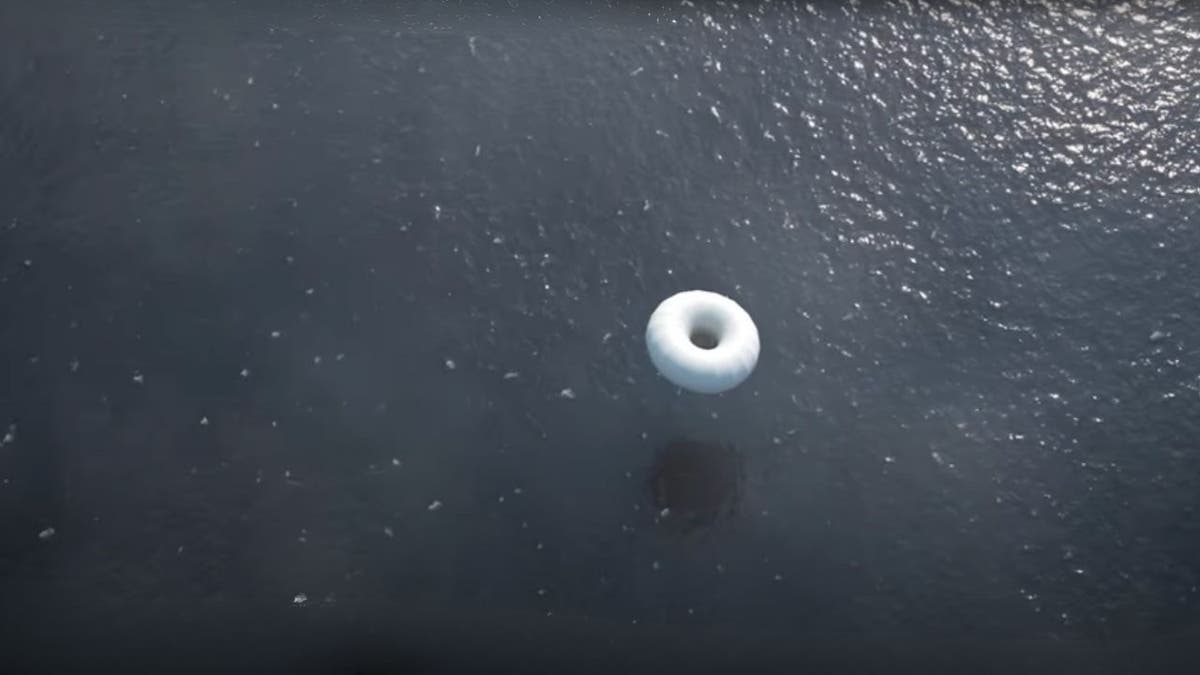
Phoenix 1 (ATMOS Space Cargo)
The path in front of you
Atmos is already working on Phoenix 2, which will include his own propulsion system. This update will allow the capsule to control its retrieval trajectory and choose its Splashdown area, making recovery much easier and more practical. The company’s vision is to create a flexible, profitable and reliable logistics platform for space, supporting commercial and institutional missions.
With a useful load efficiency of 1: 2, Phoenix already offers the maximum mass efficiency of the market. This opens up new opportunities for microgravity research, manufacturing and biotechnology in space. Technology will also support the defense sector of Europe and strengthen the independent spatial infrastructure of the continent.
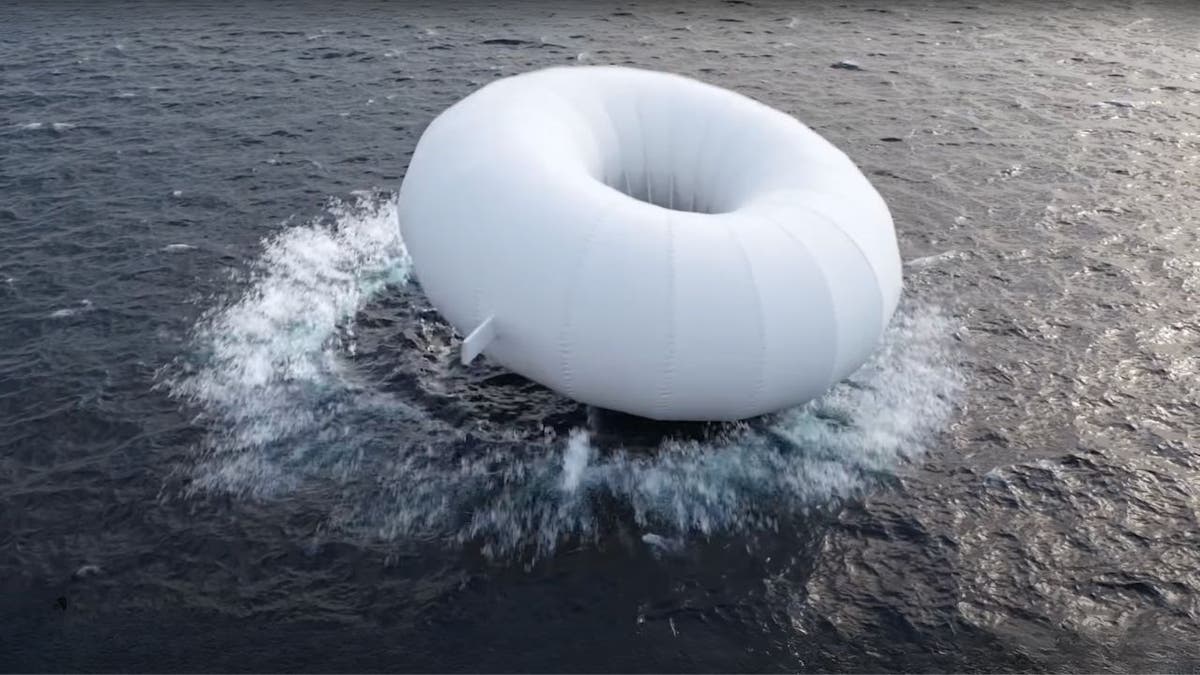
Phoenix 1 (ATMOS Space Cargo)
What does this mean for you
The success of Phoenix 1 is not just a technical achievement for engineers and scientists. It has the potential to help with many aspects of everyday life. Fast and affordable access to space means that new technologies, medicines and materials in microgravity can be developed and tested and then returned to Earth to use them.
Universities, startups and small businesses will have more opportunities to do experiments in space without high costs and long waiting times have been barriers in the past. The increasing space capabilities of ATMOS Space Cargo could also lead to new jobs, investments and technological leadership.
SUBSCRIVATE -DOES THE KURT Youtube channel to get quick video tips on how to work all your technological devices

Phoenix 1 (ATMOS Space Cargo)
Kurt’s Key Takeaways
The success of Phoenix 1 mission is a sign that space is becoming more accessible and innovation is happening at an unprecedented rate. In demonstrating that fast development and new ideas can work in a difficult environment in space, ATMOS SPACE CARGO is paving the way for a future where space logistics are as routine as shipping products through continents. The next generation of advances in science and technology can very well begin his journey with a walk in a capsule like Phoenix.
Click here to get the Fox News app
Do you think that the United States should speed up their own space return technology to keep -Is international competition good for innovation? Do -us to know by writing -us to Cyberguy.com/contact
For more information on my technology tips and security alerts, subscribe -Free Cyberguy Report Bulletin Cyberguy.com/newsletter
Ask a question to Kurt or to know what stories you would like to cover
Follow Kurt in their social channels
Answers to Cyberguy Questions Most Failed:
New of Kurt:
Copyright 2025 cyberguy.com. All rights reserved.
#Space #capsule #marks #milestone #recover #orbit #load
Image Source : www.foxnews.com
